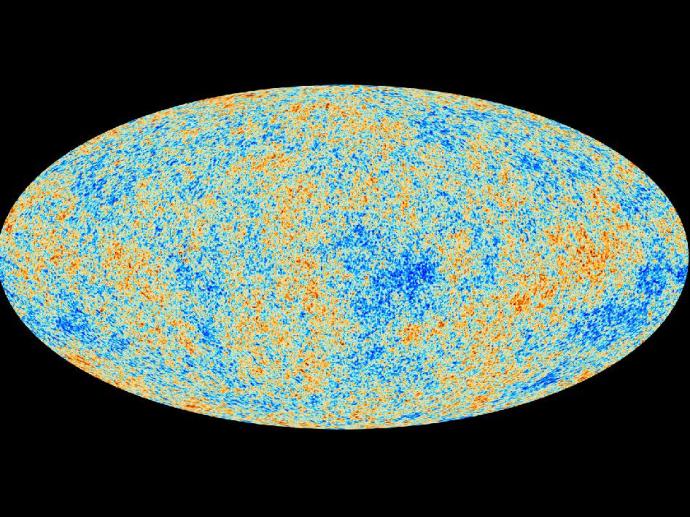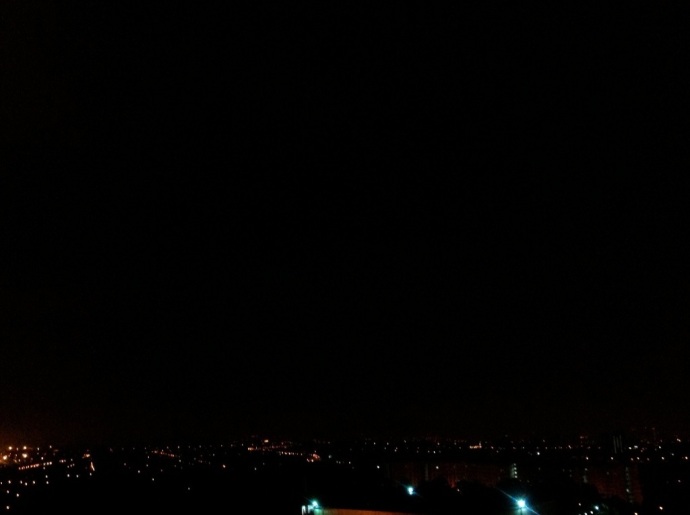Just something to ponder on – on souls and solstices.
“The path pursued by those who have no return is as follows:
Fire, light, day-time, the bright fortnight, the six months of the northern solstice; following this path, men who know BRAHMAN go to BRAHMAN.
As contrasted with this path of no-return there is the path of sure-return which is explained in the following:
Smoke, night-time, the dark fortnight, also six months of the southern solstice, attaining by these to the Moon, the lunar light, the “YOGI” returns.”
These are words from the Bhagavad Gita, a book on Hinduism.
Those who have no return are those who have found Moksha, those who will unite with God (Brahman)
Those who return are those who die, who go to heaven, and then return to Earth for yet another life (these are the Yogis).
These are the two paths that the soul takes when it leaves the body – according to the Gita.
My mum has been reading the Gita. She stumbled upon these words, and told me to take a look.
And I just felt they were so mysterious….
Whether or not you believe in the afterlife and souls and paranormal activity (which I have to admit I find all quite intriguing), I’ll leave you with a clip on the solstices – it’s scientific, so wary not. I wasn’t quite sure myself what the solstices meant (the last time I studied these was back when I was 15 – and my mind has forgotten everything since, besides meeting Good Charlotte for autographs, and fist-knuckling Bill). So I did some reading. And it’s all quite easy actually. The earth moves around the sun in a plane, the Ecliptic.
But Earth’s rotational axis is tilted at 23.5 degrees. So that means, 6 months in a year, the northern hemisphere will have longer days than the south, and the next months, the southern hemisphere will take over. Solstices happen on the peak of these: The northern solstice when the sun is directly above the Tropic of Cancer (a latitude line). The longest day happens in the entire northern hemisphere happens then; and the longest night happens in the Southern hemisphere. And the southern solstice, when the longest day is in the Southern hemisphere (to be more specific, the Tropic of Capricorn); the longest night in the northern.
Solstices and Equinoxes
ps.
I couldn’t help but google spirits and solstices, to see if there was really a link. And I found it!: The Best Times for Paranormal Activity, by the Crawford County Illinois Ghost Hunters Society.







